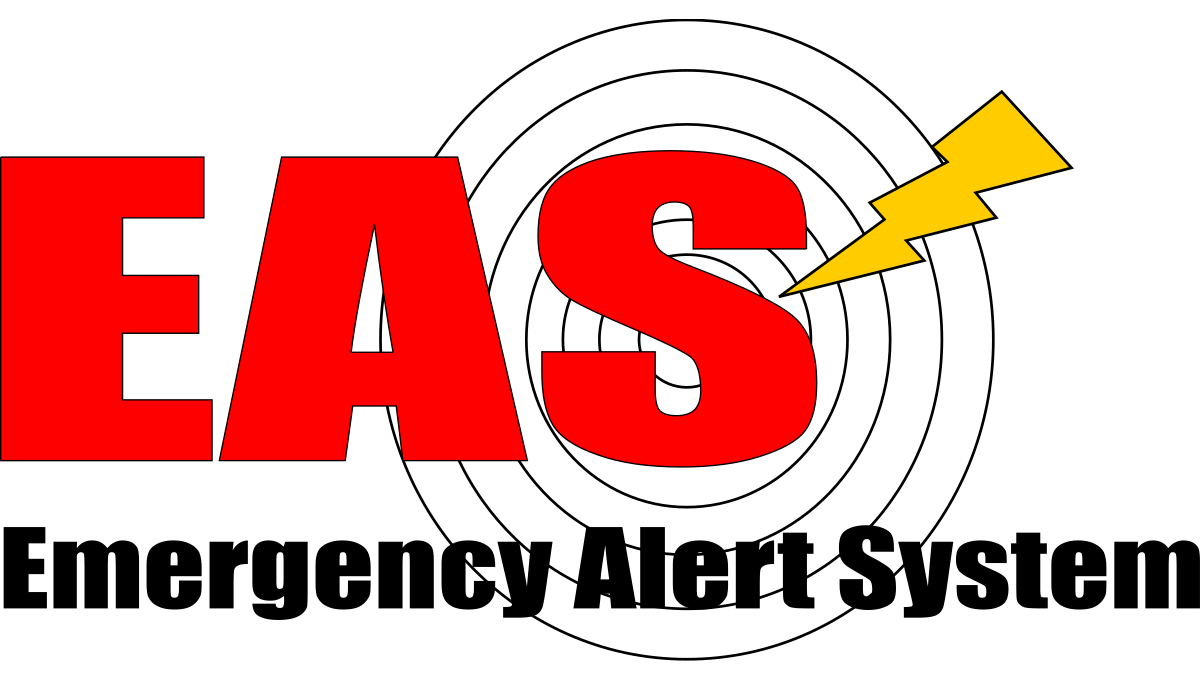NAB Doubts Streamers Can Provide EAS Alerts Reliably
Says technical challenges and policy questions make the proposal “infeasible”

WASHINGTON—While acknowledging the benefits that would likely stem from expanding access to EAS alerts via internet services, including streaming platforms, NAB also does not believe that such an expansion is possible at this point in time.
The NAB shared its thoughts in comments to the FCC regarding the proposal to provide EAS alerts through the internet as laid out by the National Defense Authorization Act for Fiscal Year 2021 and the study that Congress requested of the proposition.
“At least for the time being, certain technical challenges and open policy questions make it extremely burdensome, and likely infeasible, to update the EAS system to enable alerts to consumers provided through the internet, including through streaming services,” NAB wrote.
Local broadcasters are the primary providers of EAS alerts currently and help ensure the reliability of the system, per NAB. While radio and TV stations are able to provide any alerts through their websites or through simulcasts of their stations, there are limitations. For instance, NAB says OTT viewers only get alerts when a station’s own programming is playing, meaning that no alert would appear during a commercial break like it would on traditional broadcast.
NAB says there are two main obstacles for pure-play online content streamers to participate in the existing EAS ecosystem. First, is the geographic service areas that streaming services offer, which are generally available wherever there is internet access. Streaming services do not typically incorporate any localized infrastructure that would allow them to monitor EAS alerts based on geography or even type, NAB argues. The association says streamers lack the infrastructure and local presence needed, and even if they did, the responsibility of monitoring such services across the country would likely be “extremely problematic.”
Second, NAB says that geo-targeting of EAS alerts would be “virtually impossible.” Most streaming services use software that does not specifically request or have access to a subscriber’s location data. As part of any installation of EAS equipment, streamers would need a tool for monitoring FIPS codes across the U.S. and to only deliver alerts to pertinent areas. “Such a mechanism neither exists nor could it be efficiently incorporated into current streaming systems.”
There are also potential issues with fixed-location internet service providers having trouble accurately pinpointing a user’s location, and the increase of consumers using virtual private networks to connect to the internet for increased privacy, with NAB saying 31% of current internet users rely on VPNs.
Get the TV Tech Newsletter
The professional video industry's #1 source for news, trends and product and tech information. Sign up below.
Without accurate location information, NAB believes that there could be instances where, for example, a viewer in Virginia sees an alert meant for California and becomes confused.
NAB says that this debate over expanding EAS to the internet is similar to the previous consideration of requiring EAS obligations to DBS providers, when the FCC recognized the technical difficulties that would require.
Beyond the technical obstacles, NAB says there are policy issues as well. Platforms like Netflix, Hulu and Spotify are generally unregulated by the FCC, it notes. In addition, many streaming services are based outside of the U.S. or are partially owned by foreign shareholders; and many streamers use hardware and servers that they do not directly control.
“All of these factors would raise questions of how the FCC could effectively extend the EAS rules to internet streamers, how streaming services could ensure the security and reliability of EAS operations and what would happen if they failed to execute EAS alerts,” NAB wrote.
NAB therefore believes that the FCC should report to Congress that enabling EAS alerts through the internet, and streamers, is “too complex and likely infeasible at this time.”
NAB’s full statement is available online.
